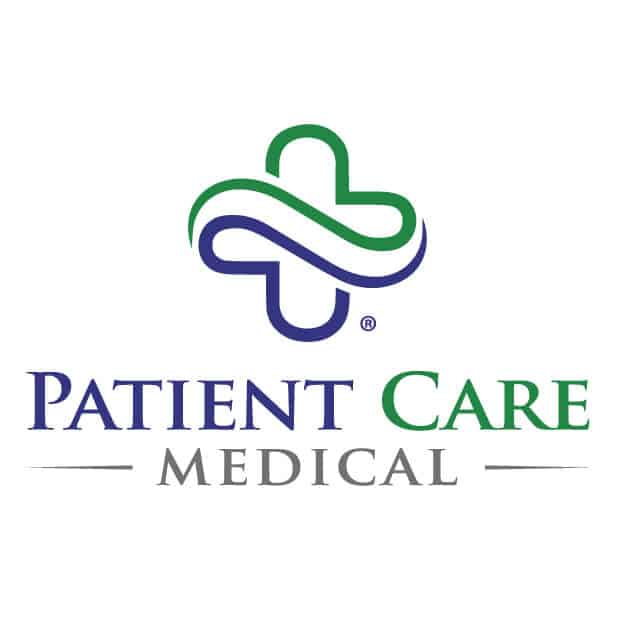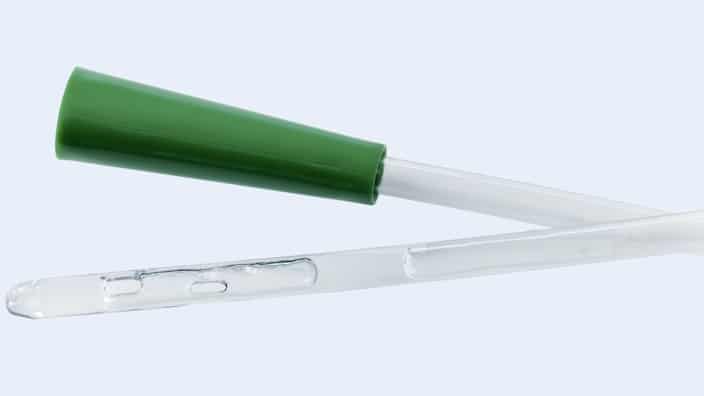Patient Care Medical is one of the nation’s leading urinary catheter suppliers. Check out our catheter catalog and request a free sample today!
As in other cases with reusing single-use devices, reusing catheters that have already been used once or multiple times comes with risks and dangers to health and safety for any individual. Sterile catheters are classified as single-use devices (SUD). The Food and Drug Administration (FDA) states that a single-use disposable device can be defined as intended for use on one patient during a single procedure. This device is not intended to be reprocessed (meaning cleaned, disinfected/sterilized) and used again. The labeling for a single-use device may or may not identify the device as single-use or disposable and does not include instructions for reprocessing. Despite this information from the FDA, there are multiple cases of catheters and other SUDs still being reused. Especially when regarding patients who receive their care from home and outside of a hospital, it is not hard to imagine how single-use medical devices are not sterilized to adequate standards after reuse.
Reuse of SUDs involves regulatory, economic, medical, ethical, and legal troubles and has been a highly controversial topic for over two decades. In the case of catheters and why there are risks to reusing these devices, there are many crevices to which harmful bacteria can attach and manifest, which could occur if the device has been reused and not properly cleaned. Depending on the SUD and how many times it has been reused, the product can become less effective or damaged after reprocessing as well. There is evidence from studies that even after careful and professional-level cleanings of catheters, these single-use devices are not always risk- and infection-free.
In one simulation study, catheters that had been deliberately contaminated were then reprocessed (sterilized) and reused and then tested for residual viruses via cell cultures and polymerase chain reaction (PCR). While testing, enterovirus was cultured from one (10%) of the catheters, but no less than six (60%) of the samples were enterovirus PCR positive and one (10%) contained detectable adenovirus DNA. This study was performed with professional and rigorous cleaning of the catheters before virus testing was commenced, and viruses were still found in the catheters. Based on this information, even if catheters are cleaned thoroughly after use and reused again, there is a still a real risk of infection to the patient. Some individuals believe that single-use devices are labeled for single use so that manufacturers of SUDs can maintain their profit margin and avoid liability. However, other individuals that are against reprocessing of SUDs argue that the risks outweigh the benefits and that research has not proven reprocessing to be safe.
When it comes to most everyday products that are used, disposable and usually one-time use products are thrown out without much thought from the average individual. While recognizing the different levels of cost and safety associated with everyday products, the same amount of responsibility of disposing should also be said for products such as catheters that are labeled as single-use. While usually more expensive than average daily products, catheters and other medical devices pertain to the well-being of patients and the public. Even if sterility can be guaranteed in the case of catheters, bacteria and residue may still remain on catheters that have already been used. Therefore, catheters should be disposed and taken care of properly to avoid any possible risks and/ or infections.
Need help choosing a catheter that best meets your needs? Our team is here to help!
We’ll answer all your questions and help you place your first order of catheters when you’re ready. Call us today at 888‑726‑5066 or fill out the form below to request your free samples!


